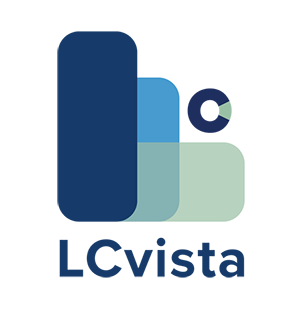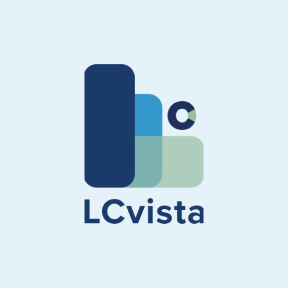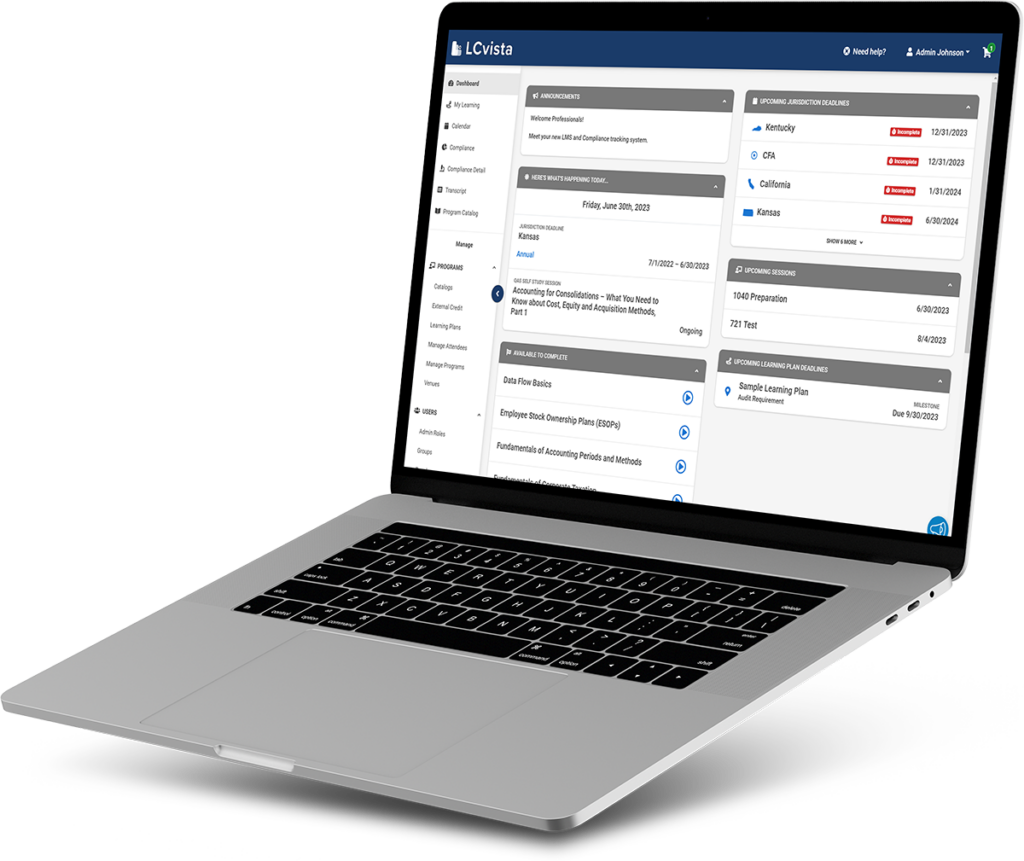Professional education in accounting requires precision and purpose. That comes as no surprise considering the discipline we’re talking about.
Currently, 672,587 CPAs maintain active licenses in the United States. Almost all of these professionals must complete 40 hours of annual continuing professional education (CPE) each year.
This adds up to a staggering 27 million hours of required learning annually—without counting new licensees coming in.
This brings us to the central question:
How can firms ensure this mandatory education creates measurable professional growth?
In this post, we’ll share some insights from our Compliance team about why it’s so important to have the right resources for learning and development that rely on best practices that mitigate potential risk.
Quantifying the financial impact
Non-compliance, as you know, is a non-starter considering the costs.
Beyond potential financial penalties, non-compliance damages a firm’s reputation and client trust. Ineffective learning also diminishes professional capabilities of the firm and everyone in it.
Cindy Hessling, Compliance Success Manager here at LCvista, spent 12 years managing compliance at a top 10 accounting firm.
Thinking back on her experience, she identified one challenge in particular:
“When accountants are just working to get their credits instead of getting the learning out of it, which is really the intent,” she says, “it’s far from the most effective for learning and knowledge gain.”
Understanding professional education requirements
CPE compliance is a balancing act of multiple regulatory frameworks.
In some cases, a single CPA may be beholden to multiple states’ requirements, both for maintaining their license as well as practicing under that state’s specific laws.
Firms managing these requirements across jurisdictions could be investing $1,000 to $3,000 annually per professional in education.
As firms scale, it’s that much more important to make sure this investment is made soundly.

Danielle Turner, Principal Compliance Expert at LCvista, further described the ongoing nature of requirement tracking:
“When states have rules that are going to be changing, we thoroughly research the rules and code them in our system,” she noted. “”It would be an enormous struggle for firms to try to stay on top of these rules on their own! We’re proud of our relationships with our clients and state boards. I love saying ‘we’d love to be your first line of defense. When you have a question, please come to us.’”
Firms, meanwhile, have to include this sort of cross-jurisdictional understanding in addition to understanding different learning styles, professional specializations, and deadlines.
All told, managing professional education requires precise coordination and systematic approaches.
This makes it all the more important for firms to adopt learning techniques.
Effective learning methods
The science of learning has advanced significantly in recent decades.
Research in cognitive psychology and neuroscience reveals distinct patterns in how professionals absorb and retain information.
What works for one person might create barriers for another. For instance, some learn best through visual demonstrations, others through hands-on practice, and still others through traditional reading and discussion.
Learning in the Flow of Work (LIFOW) is also rising in popularity. LIFOW incorporates approaches like social and collaborative learning and integrates learning opportunities seamlessly into employees’ daily tasks. This approach has been shown to increase engagement and the amount of practical application of these new skills.
Thankfully, technology now allows education providers to accommodate these different learning styles efficiently and even adapt to them.
Adaptive learning technologies increase student engagement by 30%, while microlearning improves information retention by 20%.
Cindy further elaborates on the practical application:
“It’s fantastic how these training sessions adapt based on how you answer,” she said. “If you’re not strong in an area, you’ll learn more about that. If you’re strong, they’ll move on to something else. So everybody gets a different personalized experience.”
Studies back the benefit of this approach, showing that structured learning improves long-term retention by 200% compared to concentrated study sessions. This data suggests that learning structure significantly affects outcomes.
Implementation strategies
Professional education works best when it meets learners where they are. Having access to diverse content through LCvista’s Content Marketplace makes it even easier to meet varied learning preferences.

The other important aspect is having a well-defined learning plan. Structured programs consistently demonstrate better results, with data showing 20% higher return on investment compared to ad-hoc approaches. This improvement comes from creating regular touchpoints for learning throughout the year rather than rushing to meet deadlines.
We’ve seen this happen first hand. Customers using the Learning Plan feature in LCvista avoid waiting that last minute rush and all the stress that comes along with it. Plus, they report their staff are actually learning the skills rather than just checking a box under a deadline.
Our team takes this proactive stance so that firms can stay ahead of requirements while maintaining educational quality.
Continuing developments in professional education
Educational technology continues to reshape how professionals learn and maintain their credentials. The sector’s growth reflects this change, with market projections reaching $404 billion by 2025.
Organizations using adaptive learning methods report 20% improvements in performance metrics across the board. Those implementing structured approaches see 10% better employee retention. Perhaps most significantly, personalized learning environments boost engagement from 30% to 75%.
This balance between innovation and compliance defines modern professional education in accounting.
Success comes from systematic planning, consistent execution, and careful measurement of outcomes.
Firms that get this right see improvements not just in compliance metrics but in professional capabilities across their organization.
However, trying to handle this manually ends up being an uphill battle for firms.
Creating Effective Learning Systems
Successful professional education requires systematic planning.
Firms need year-round programs that use appropriate technology while meeting regulatory standards.
They must prioritize learning the way their staff wants to that also satisfies compliance requirements. The focus remains on creating measurable learning outcomes that benefit both regulatory compliance and professional development.
Professional education in accounting succeeds when firms combine precise compliance management with effective learning methods. Organizations that implement these practices create measurable improvements in both compliance and professional capabilities.
Cindy noted that the productive relationship between different aspects of professional education:
“The learning side, those people are really creative people. And the CPE compliance people were the rule followers and the rule checkers. So there’s always kind of like this little—it’s a good natural tension.”





